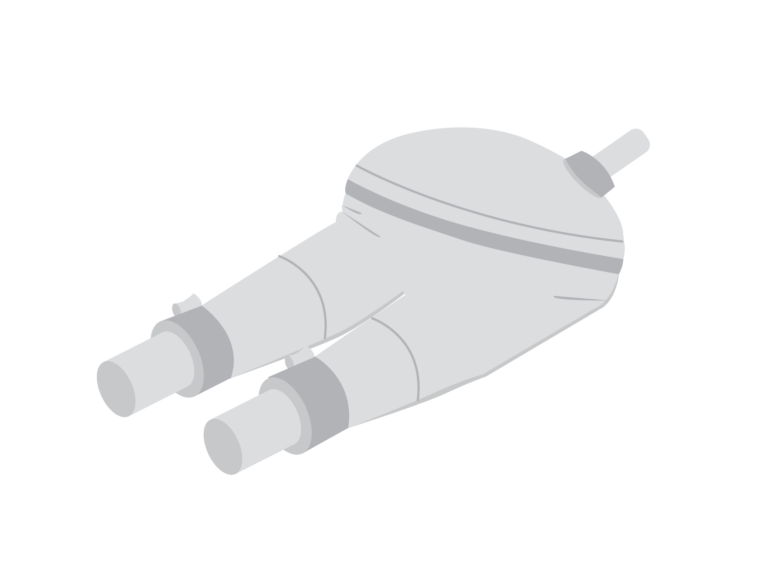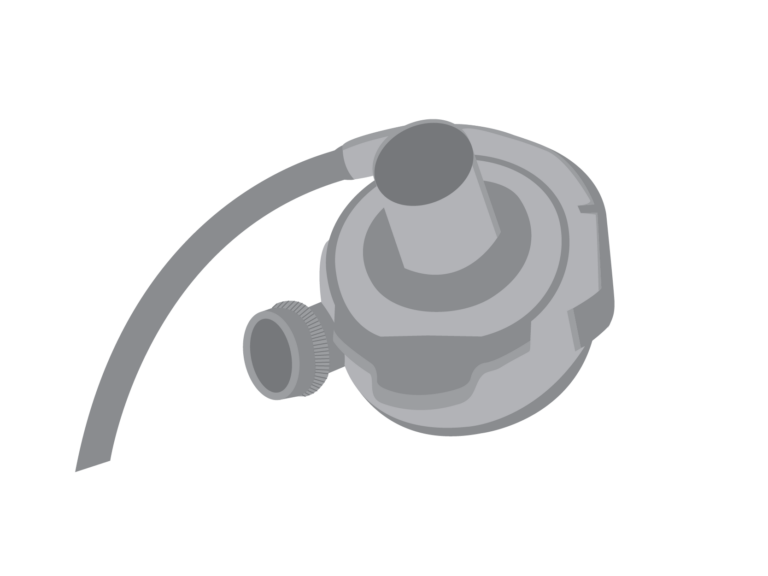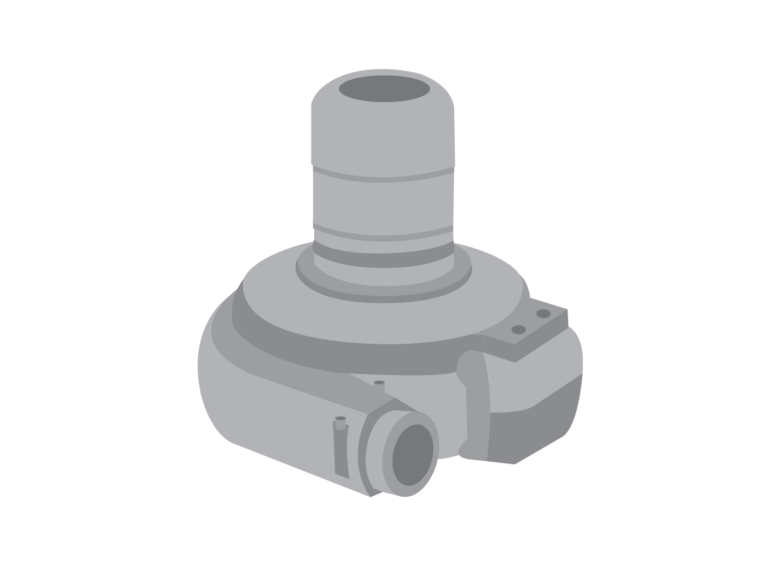Types of VADs
VADs can be defined by the action that they perform. VADs can pump blood by a spinning action (continuous flow VAD) or by a pumping action (pulsatile flow VAD).
Pulsatile
Pulsatile flow VADs work by pumping blood in and out of a chamber. Air moves a membrane to fill and eject blood from the chambers to the body. The pump is connected to a power source. If you have a pulsatile flow VAD, you will have a pulse. The most common examples of pulsatile flow VADs are Berlin Heart® EXCOR® Pediatric and the Syncardia Total Artificial Heart.
Berlin Heart® EXCOR® Pediatric
Let’s take a closer look at the Berlin Heart®, how it works, the benefits and risks, and all about the surgery journey.
SynCardia Total Artifical Heart
Learn about the SynCardia Total Artificial Heart, how it works, the benefits and risks, and all about the surgery journey.
Continuous Flow
Continuous flow (CF) VADs work by continuously spinning blood and ejecting it from the heart, through the device, out to the aorta, and the rest of the body. There is a small motor located inside the VAD that helps with this spinning motion. The pump is always connected to a power source that keeps the VAD spinning. Because the continuous flow device bypasses the weakened heart chamber, you may not have a pulse. The most common examples of continuous flow VADs are Medtronic™ HVAD System and HeartMate 3™ LVAD.
HeartMate 3™ LVAD
Learn more about the HeartMate 3™ LVAD, how it works, the benefits and risks, and all about the surgery journey.
Medtronic™ HVAD System
Learn about the Medtronic™ HVAD System, how it works, the benefits and risks, and all about the surgery journey.
PediaMag™ & CentriMag™
Learn about the PediMag™ and CentriMag™ VADs, how they work, the benefits and risks, and all about the surgery journey.




